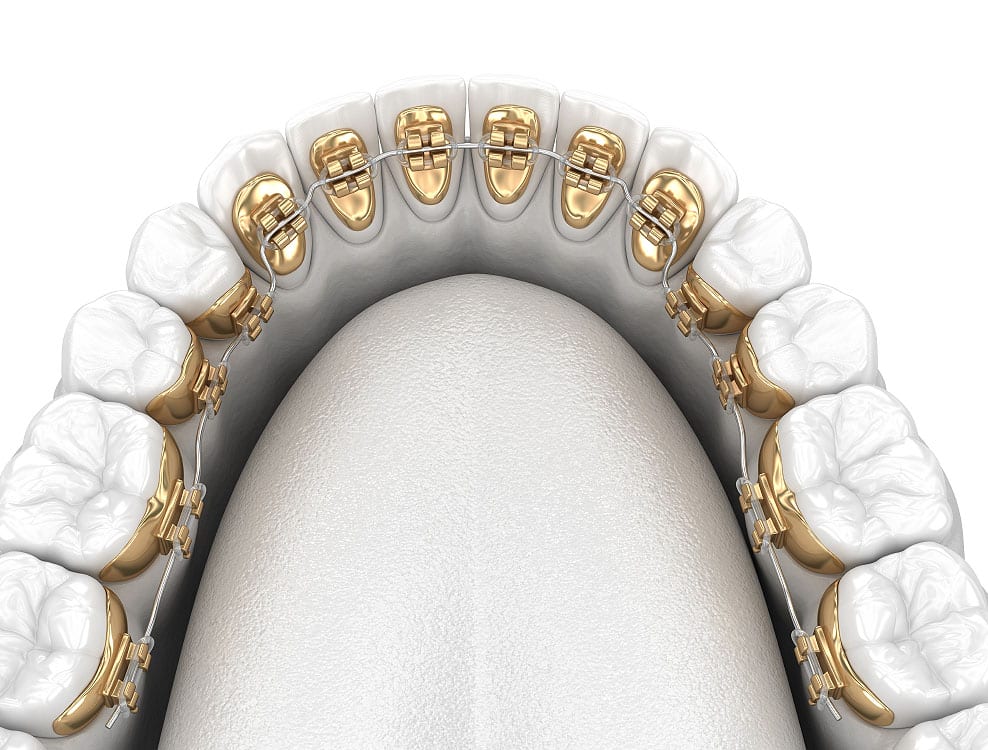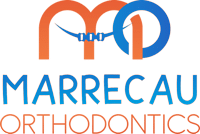Types of Braces

Traditional Metal Braces
Traditional metal braces are the most recognized type of braces and have been around the longest but have continued to improve over time. Today, these braces are more comfortable than ever before. Traditional metal braces are made of high-grade stainless steel and use metal braces and archwire system to straighten your teeth. Metal braces offer the option to customize your smile by adding colored elastics.

Self-Ligating Braces
Self-ligating braces are made from the same type of materials as traditional braces. However, the difference stems from the lack of elastics in self-ligating braces. Self-ligating braces do not incorporate elastics which means that less friction is placed on each tooth and fewer appointments will be required during your treatment. When choosing self-ligating braces, you will have the option to go with the traditional metal, ceramic, or even clear brackets. Self-ligating braces are the same size as traditional metal braces but replace elastics with a specialized clip that assists the archwire to guide teeth into their new position. This clip is great because it reduces the amount of pressure that is placed on each tooth and will require fewer adjustments during treatment. After all, there are no elastics to replace.

Clear (Ceramic) Braces
Ceramic braces are a favorite among older teens and adult patients because they are made of clear materials and therefore offer an aesthetic alternative to traditional metal braces. However ceramic braces are larger and more brittle than metal ones and therefore will require more attention to oral hygiene. Ceramic braces are typically recommended for upper front teeth.

Lingual Braces
Lingual braces are placed behind the teeth making them practically “invisible” when you smile. Lingual braces are metal appliances manufactured with specifications that match your teeth for added comfort. Lingual braces are an attractive orthodontic option for athletes, models, actors/actresses, musicians who play wind instruments, and adult professionals.

